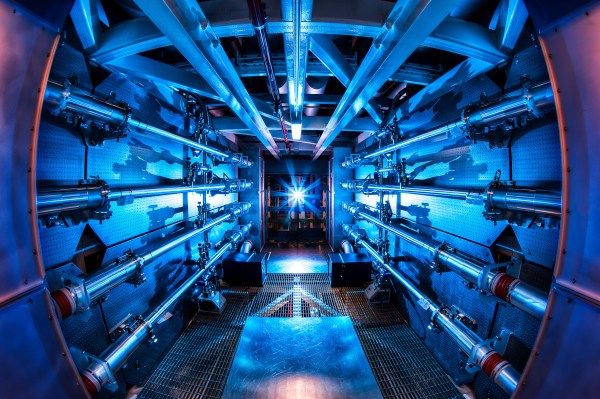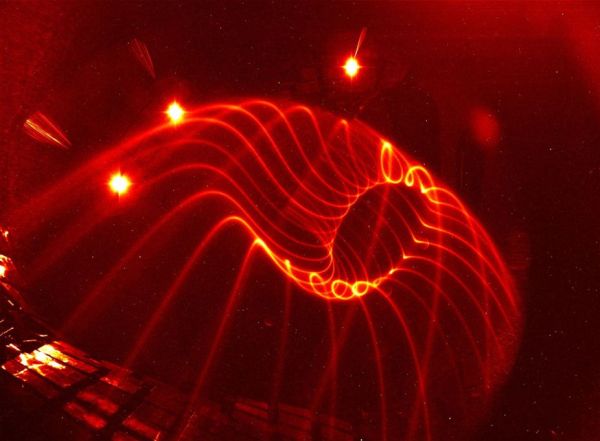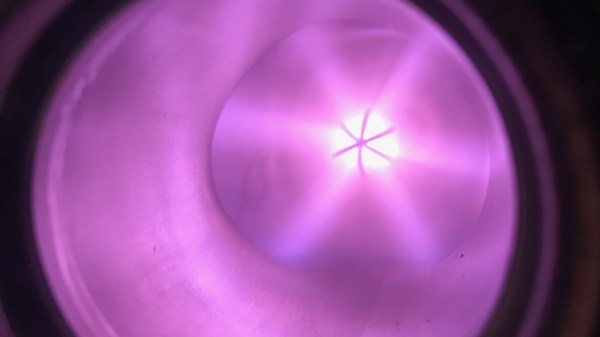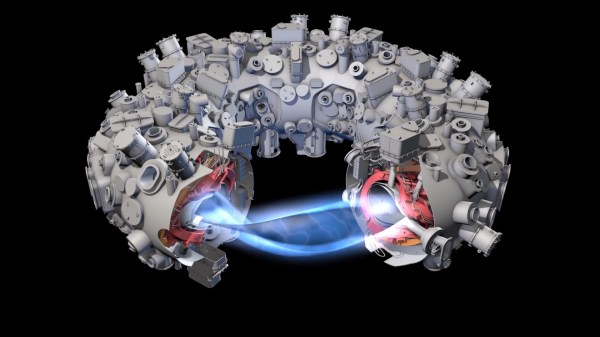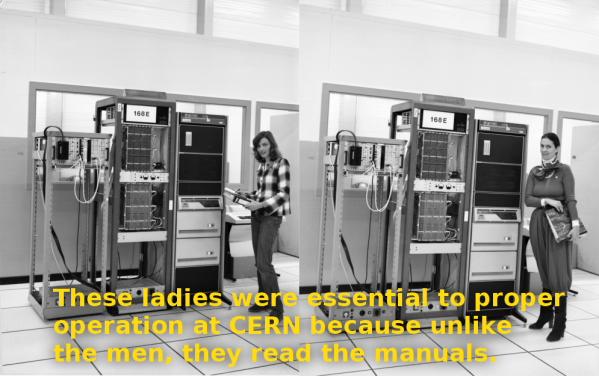Week 11 of the Caption CERN Contest has flown by faster than the mullet or hammer pants. Thank you for all the wonderful captions. Some of our astute readers noticed that this week’s photo actually worked as cross view 3D image. This was unintentional, but a pretty cool bonus. The telephone in the background moved just enough to give the image some depth. We probably will never know what exactly these scientists were working on, and why they needed a PDP 11 with some custom hardware to run calculations. They definitely provided us with some entertaining captions though!
The Funnies:
- “I know this PDP was expensive, but do we all REALLY need to take a photo with it? I have like serious science to do!” – [Matthew Hoskins]
- “They all laughed at Jane when she said she was going to mine bitcoin with her 168 E. Now they fear the click of her Prada boots and Versace wardrobe. “- [mathew.stevens]
- “Linda! We didn’t get a PDP-11 to play Zork!” – [el.Cannibal]
The winner for this week is [XLT_Frank] with “These ladies were essential to proper operation at CERN because unlike the men, they read the manuals”. As a reward for his efforts, [XLT_Frank] wins a CRT Android T-Shirt From The Hackaday Store!
On to week 12!
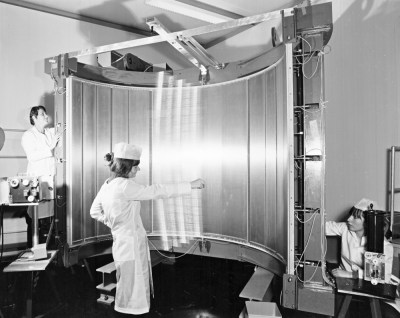 One of the best parts of running the Caption CERN Contest is checking out the new images on CERN’s servers each week. Every week I find new images to zoom in on. I trace wires, look at equipment ID cards, and generally try to figure out what exactly is going on.
One of the best parts of running the Caption CERN Contest is checking out the new images on CERN’s servers each week. Every week I find new images to zoom in on. I trace wires, look at equipment ID cards, and generally try to figure out what exactly is going on.
This image is no exception. At first glance, one would think the CERN photographer was trying out some multiple exposure techniques. Zooming in on the high res JPG available at the original CERN page shows that the strange phenomenon in the center of the image are actually layers of fine wire strung between the two sides of the curve. Between that and the 80’s clean room outfits, this must have been a very important piece of scientific equipment!
Add your humorous caption as a comment to this project log. Make sure you’re commenting on the contest log, not on the contest itself.
As always, if you actually have information about the image or the people in it, let CERN know on the original image discussion page.
Good Luck!


